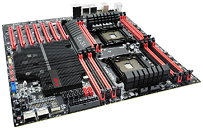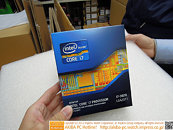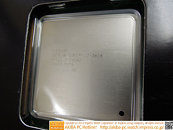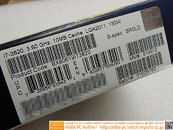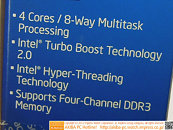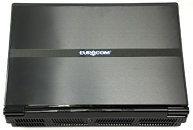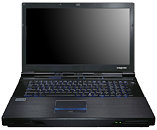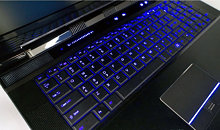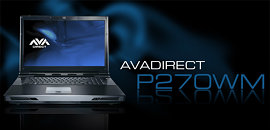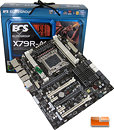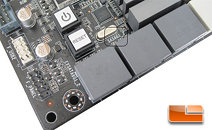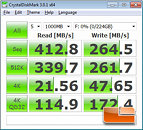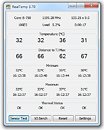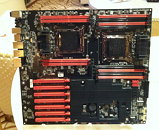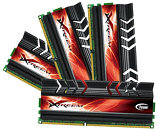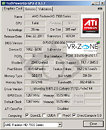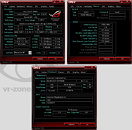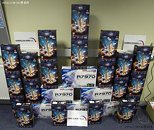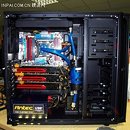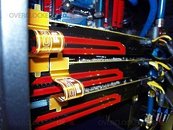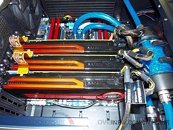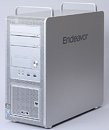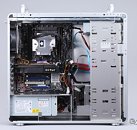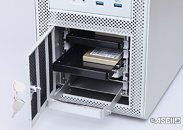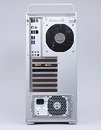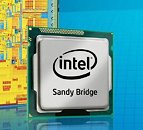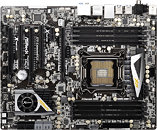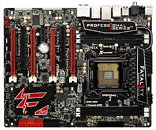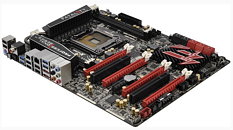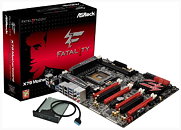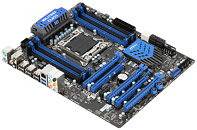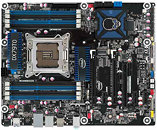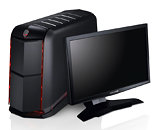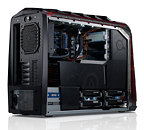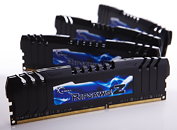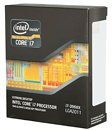Mouse Computer Intros MDV Advance Series Desktop for Graphics Professionals
Japanese company Mouse Computer introduced the MDV Advance series desktop for graphics professionals. It is characterized by a large 27-inch IPS display with 2560 x 1440 pixels resolution, originally made by Samsung, driven by NVIDIA Quadro graphics. Based on the Sandy Bridge and Sandy Bridge-E platforms, the MDV Advanced is available in two models. The MDV-ASQ8310B-WS-P27LP is driven by Intel Core i7-2700K processor, with 8 GB (2x 4 GB) memory, based on a Z68 chipset motherboard. Graphics is handled by Quadro 600 The storage subsystem consists of a 1 TB hard drive and DVD SuperMulti drive.
The MDV-ASG9300B-WS-P27LP is the more expensive model, driven by Intel Core i7-3930K six-core processor, X79 chipset motherboard, and 16 GB (4x 4 GB) memory. Graphics is driven by Quadro 2000D. The storage subsystem is carried on from the other model. Buyers can opt for better storage at a premium. Both models are driven by Windows 7 Home Premium x64 OS. The pricing of MDV-ASQ8310B-WS-P27LP starts at 169,890 JPY (US $2150), while the MDV-ASG9300B-WS-P27LP starts at 239,820 JPY (US $3032).
The MDV-ASG9300B-WS-P27LP is the more expensive model, driven by Intel Core i7-3930K six-core processor, X79 chipset motherboard, and 16 GB (4x 4 GB) memory. Graphics is driven by Quadro 2000D. The storage subsystem is carried on from the other model. Buyers can opt for better storage at a premium. Both models are driven by Windows 7 Home Premium x64 OS. The pricing of MDV-ASQ8310B-WS-P27LP starts at 169,890 JPY (US $2150), while the MDV-ASG9300B-WS-P27LP starts at 239,820 JPY (US $3032).


